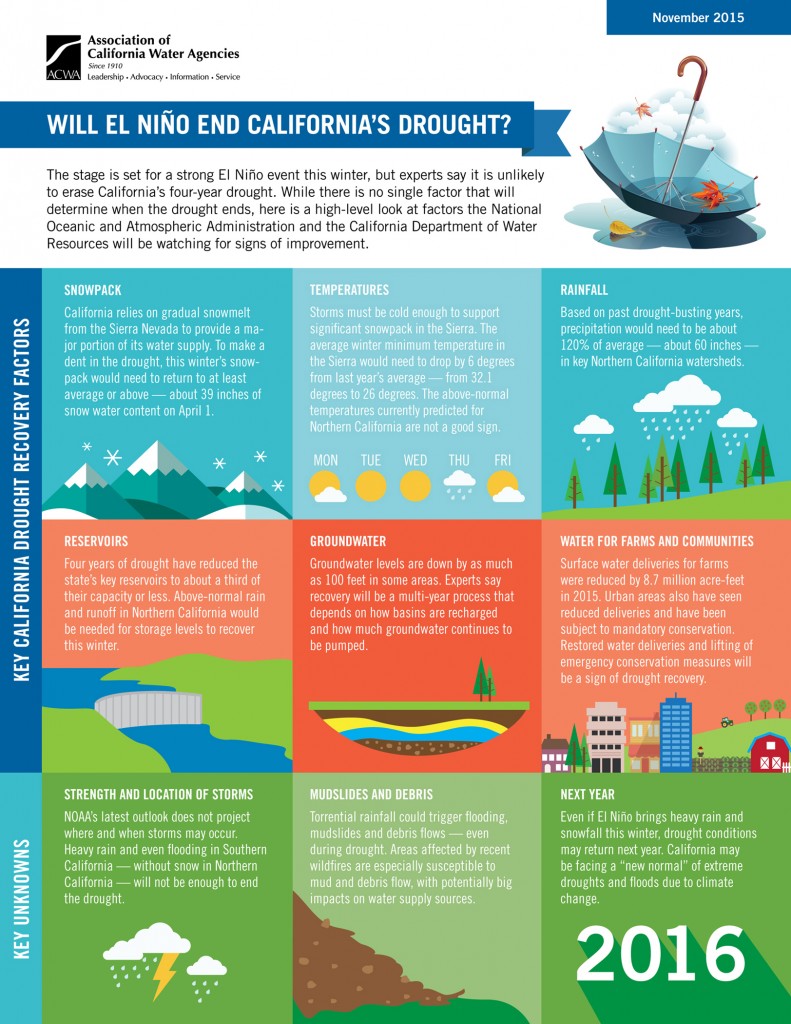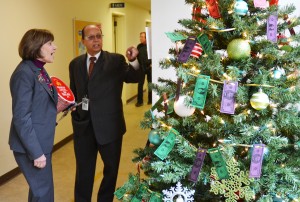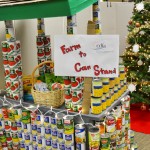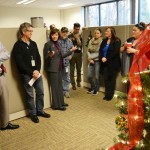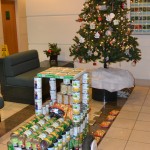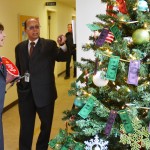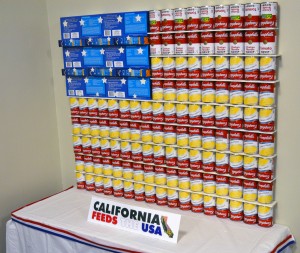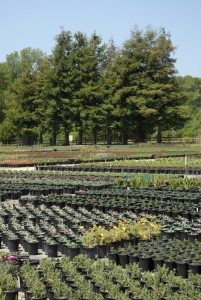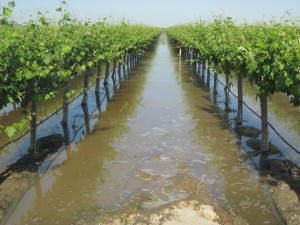By Michael Doyle, Sacramento Bee/McClatchy DC
WASHINGTON – San Francisco resident Elizabeth Cox bought a bag of All-Natural Mission Tortilla Triangles in August 2012. That simple purchase helped fire up a high-stakes labeling dispute that’s subsequently engaged federal judges, regulators and lawmakers alike.
Now, one month after asking members of the public what they think, the Food and Drug Administration is engorged with thousands of suggestions about regulating use of the word “natural” on food labels.
SHOULD WE DEFINE, THROUGH RULEMAKING, THE TERM ‘NATURAL?’ WHY OR WHY NOT? IF WE DEFINE THE TERM ‘NATURAL,’ WHAT TYPES OF FOOD SHOULD BE ALLOWED TO BEAR THE TERM ‘NATURAL?’
-Food and Drug Administration
“If manufacturers want to benefit from such labels, force them to be specific about what their food is or isn’t,” Mary Petrofsky, a Palo Alto, Calif.-based nurse practitioner, advised the FDA. “Don’t allow them to just slap an overall label onto it.”
Petrofsky’s electronically filed suggestion is one of 2,227 comments logged through Thursday afternoon since the FDA asked the public on Nov. 12 to weigh in on the labeling question. Thousands more will flood in before the comment period closes Feb. 10.
The comments could help the FDA decide whether to define “natural” on labels, as well as related questions such as whether only raw agricultural products deserve the term and what ingredients might render a food ineligible.
With the questions about “natural” now hot enough to be identified as “trending” on the FDA’s website, the public comments are starting to fall into several familiar channels that frequently recur when the federal government formally solicits public views.
Some offer technical observations. Edward R. Blonz, an assistant clinical professor at the University of California, San Francisco, College of Pharmacy, served the FDA details about complex carbohydrates and synthetic molecules.
Others opine from the perspective of an embattled consumer.
“We already know how misleading the food industry is and how little it cares for consumer well-being,” Sacramento-area resident Stacey Reardon wrote, adding that “the FDA needs to step in and regulate these food companies that make misleading claims about their products.”
Still others echo positions taken by advocacy or public interest groups, such as Consumers Union. Often, many of the most substantive comments come in at the last minute; and, on an issue like this, at least some lawmakers are certain to join the crowd.
In July, the House of Representatives passed a bill that, among other provisions, would require the FDA to go through the rule-making process necessary to define the term “natural” on labels. Critics fear this GOP-authored bill would pre-empt state labeling laws and could result in genetically engineered foods being dubbed “natural.”
“Our constituents want to know how their food is made, and they are calling on us to help make this information more accessible,” Rep. Lois Capps, D-Santa Barbara, said during House debate.
The fight over “natural” labeling is a complicated one that has taken place on many fronts and across multiple federal agencies.
Cox’s purchase of the tortilla chips in August 2012, for instance, planted the seeds for an attempted class-action lawsuit filed in federal court in San Francisco. Cox claimed the chips’ manufacturer, Gruma Corp., misled consumers by labeling chips as “all natural,” even though they were made from “genetically modified corn products.”
The lawsuit, and several others like it, prompted three federal judges to ask the FDA for a determination of whether ingredients produced using bioengineering may be labeled as “Natural,” “All Natural” or “100% Natural.” Last year, the FDA ducked the question.
This year, after receiving competing petitions from disparate groups including Consumers Union, the Grocery Manufacturers of America and the Sara Lee Corp., the FDA relented and opened the floor for public debate. It’s reportedly the first time since 1993 that the agency has formally addressed the term “natural.”
“At that time,” FDA officials noted last month, the agency determined that “we would maintain our policy not to restrict the use of the term ‘natural’ except for added color, synthetic substances, and flavors.”
Cox’s lawsuit was dismissed last year at the request of all parties, court records show.
View the original article online here.



